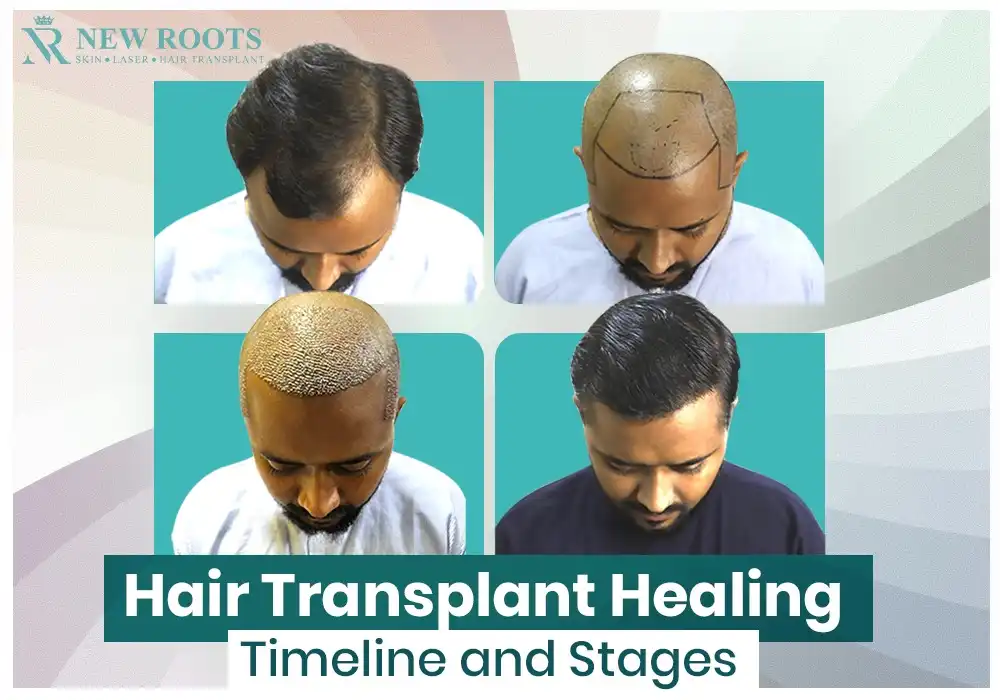Introduction
A hair transplant is a life-changing procedure that can restore confidence and self-esteem. However, the hair transplant healing timeline is crucial for patients to understand before treatment.
The hair transplant healing timeline can vary from person to person, but general guidelines can help guide you through the various stages of recovery.
This article will explore the hair transplant healing timeline and what to expect at each stage, from the initial hair transplant healing timeline week by week to the final results.
Table of Contents
Hair Transplant Healing Timeline in Details
🗓️ Week 1: Initial healing
The first week after a hair transplant is the most critical phase of the healing timeline. Your scalp will be swollen and tender, and you may experience discomfort. It is essential to follow your surgeon’s instructions carefully to ensure proper healing and minimize the risk of complications.
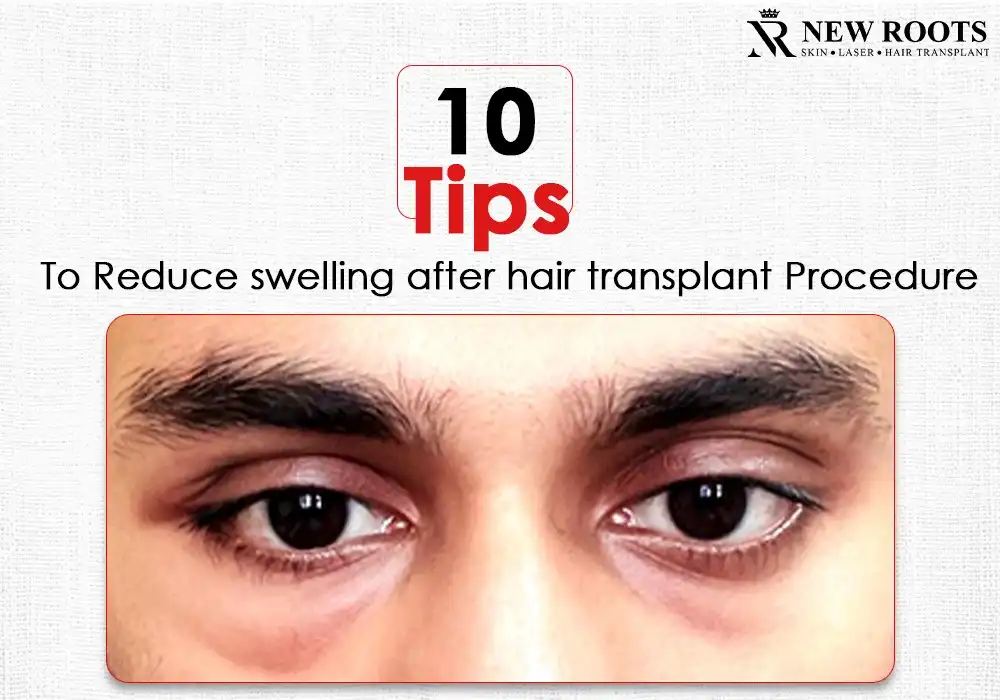
Your surgeon will probably advise you not to wash your hair for the first few days after the procedure. Once you can wash your hair, it is essential to do so gently and avoid rubbing the transplanted area.
You may also experience some shedding of the transplanted hair during this phase, which is normal and part of the hair transplant healing process.
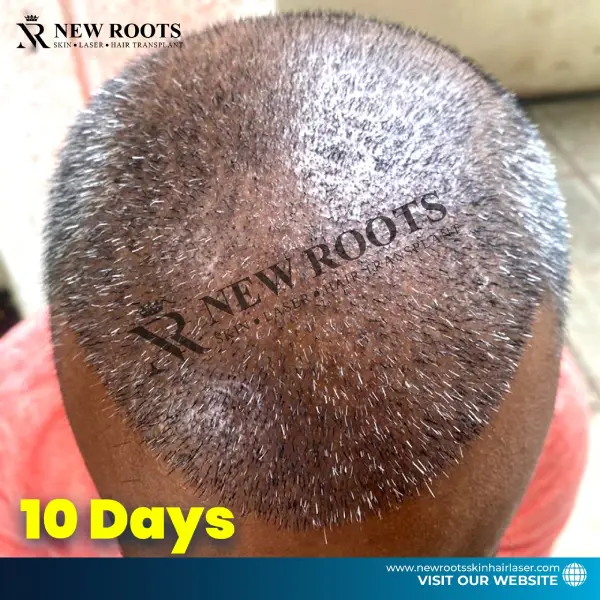
🗓️ Week 2-4: Continued healing and shedding
The swelling and discomfort should subside as you move into the second and third weeks after your hair transplant. However, the transplanted hair may still fall out, which can be alarming but is a normal part of the healing timeline.
During this phase, it is essential to follow your surgeon‘s instructions and avoid any activities that could potentially damage the transplanted hair. You may also notice some crusting or scabbing around the transplanted area, which is also expected and will eventually fall off.
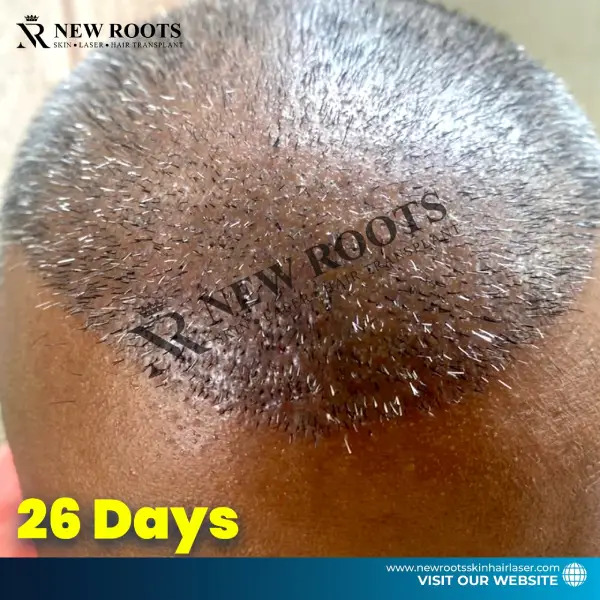
🗓️ Months 1-3: Ugly Duckling Phase
The first few months after a hair transplant can be challenging, as you may experience what is known as the “ugly duckling.” During this phase of the healing timeline, the transplanted hair can appear thin, matted, and unnatural, which can be off-putting to some patients.
However, it is essential to remember that this phase is temporary and that hair will grow and thicken over time. Your surgeon may recommend using minoxidil or other medications to help stimulate hair growth and improve the appearance of transplanted hair.
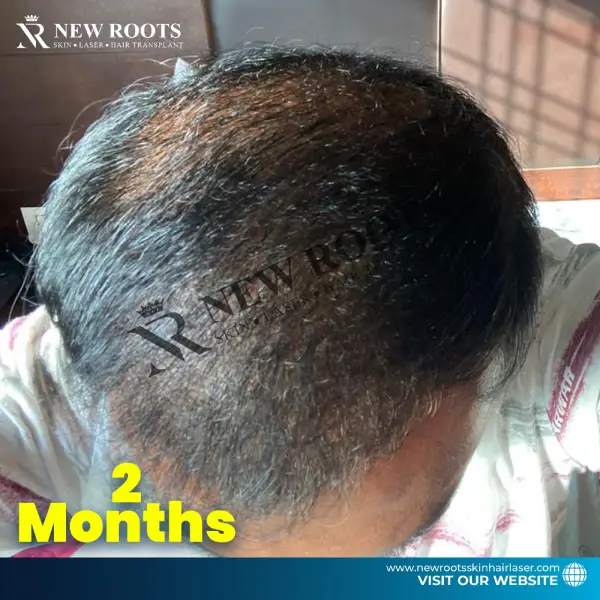
🗓️ Month 3-6: Continued growth and improvement
As you move into the fourth to sixth month after your hair transplant, you can expect a significant improvement in the appearance of your hair. The transplanted hair will continue to grow and thicken, and you may notice a reduction in shedding during the early stages of the hair transplant healing process.
During this phase, it is important to continue following your surgeon’s instructions and maintaining a healthy lifestyle to promote hair growth. This can include eating a balanced diet, getting enough sleep, and managing stress.
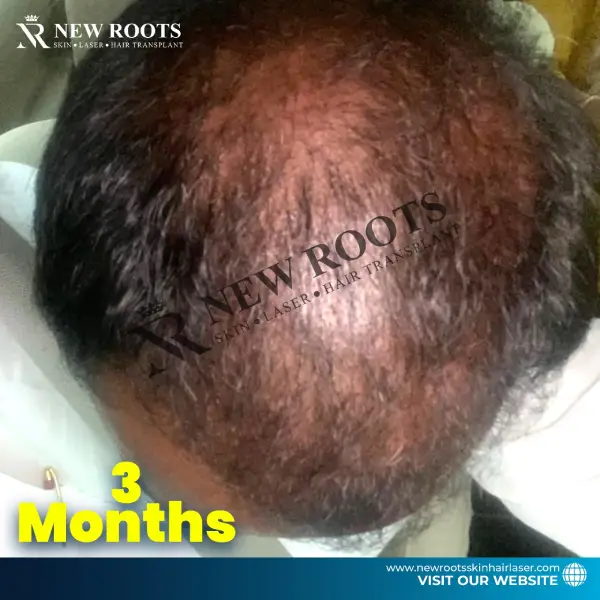
🗓️ Month 7-12: Final results
The final results of your procedure can be expected within seven to twelve months after your hair transplant. The transplanted hair will fully grow and be indistinguishable from your natural hair.
During this phase of the hair transplant healing timeline, it is important to maintain the health of the hair and scalp so that the hair transplant results last for many years. This can include getting regular trims, using gentle hair products, and protecting your hair from sun damage.
Conclusion
In conclusion, the hair transplant healing timeline is a complex and multifaceted process that can vary from person to person. By understanding what to expect at each stage of the hair transplant healing stages and following your surgeon‘s instructions carefully, you can ensure that your hair restoration recovery timeline of hair transplant is successful and that you achieve the natural full head of hair you desire.
Frequently Asked Questions
Hair grafts are set 7-10 days after the surgery, and the resting period starts. During this period, you can sometimes experience a minute of hair loss. This is called ‘Shock loss‘. It is a natural phenomenon because of the hair follicle’s growth cycle.
